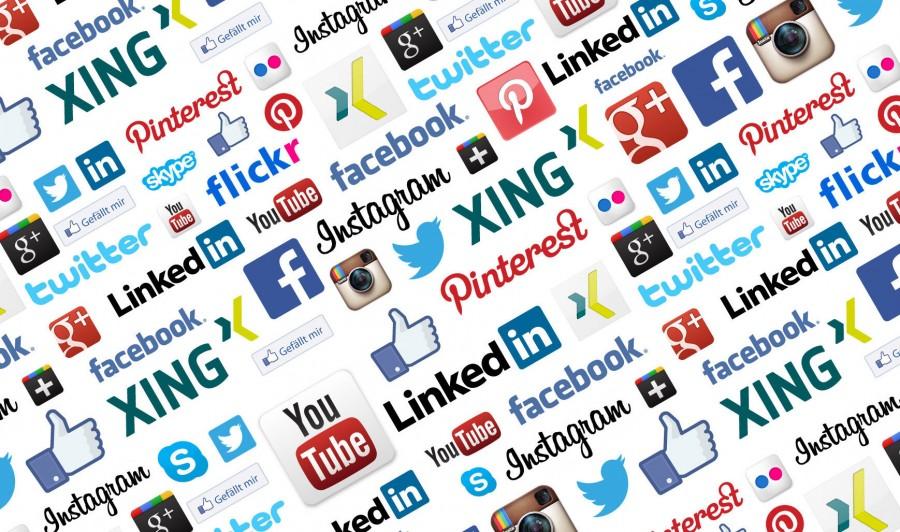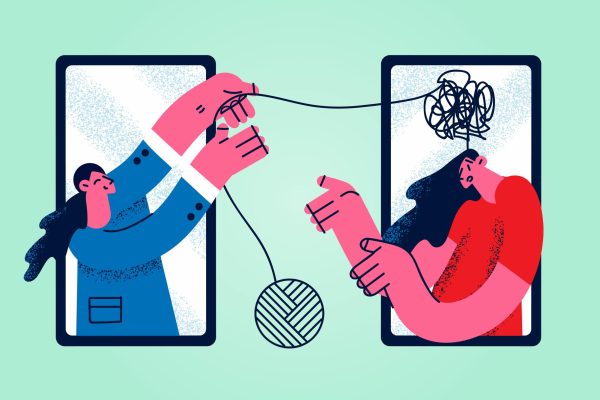How Social is Social Media?
The definition of “social:”
liking to be with or talk to people; happy to be with people.
The definition of “social media:”
websites and applications that allow the user to create and share content or to participate in social networking.
What is social media? Almost any American could answer that question, and about 70% would say they use social media themselves. The official dictionary definition is featured above, but is that really what social media is? To many Americans, social media is an aspect of their everyday life and is what they consider to be an essential way to connect and interact with their friends. Social media is a relatively simple concept. After all, social media is technically nothing more than an extension of existing relationships. So then why do descriptions of it contrast the very meaning of the word “social?”
“Social” means to enjoy the presence of other humans, so one might infer that social media would be connected to improving human interaction and making it more enjoyable. However, as social media platforms (like Facebook, Twitter, Instagram) ingrain themselves deeper into the daily routine of the world’s youth, many users find social media losing its “social” aspects. Instead of augmenting friendships and helping people reach out to new people, obsession with social media has made many experience a loss of confidence and an unnecessary feeling of inadequacy.
For those unfamiliar with social media, it may seem unlikely that simple images and short captions displayed over tiny glass screens could alter the minds of teens so effectively. Once the working and standard protocol of the social media world is revealed, it becomes clear how the fragile and insecure minds of teenagers can be so readily accepting to the messages of inadequacy and failure transmitted by social media. Internet lingo like “Insta- famous” or “trending users” is used to describe prevalent users on social media networks. These users are promoted on the homepage of various social media applications themselves, giving users with large amounts of followers increased publicity and increased audiences. These popular users, usually models, post “trendy” pictures, often flaunting their physical assets and material wealth. The glamorized pictures don’t stop at just models posting pictures of themselves. “Fit” inspiration bloggers post countless pictures of supermodels in $200 bikinis. Photographers post pictures of attractive young men cliff jumping in exotic locations. With so many social media platforms displaying and pushing these types of images on its users, insecure young adults and teens are falling victim to the unrealistic assumption that they are expected to live the same glamorous or adventurous lifestyles as those depicted on social media.
Middle and high schoolers have undeniably become intertwined in the false reality of social media. Instead of actually socializing with the people they see everyday, they build relationships based on false pretenses and with people they met through social media. Instead of gaining confidence from personal achievements and character building activities, the youth of today look towards the amount of followers or amount of likes on a post to determine their self worth. Social media applications have become ironically “anti-social” and cause many unexpected effects on children. With this fact in mind, the youth of today must become able to distinguish the difference between reality and fantasy.










